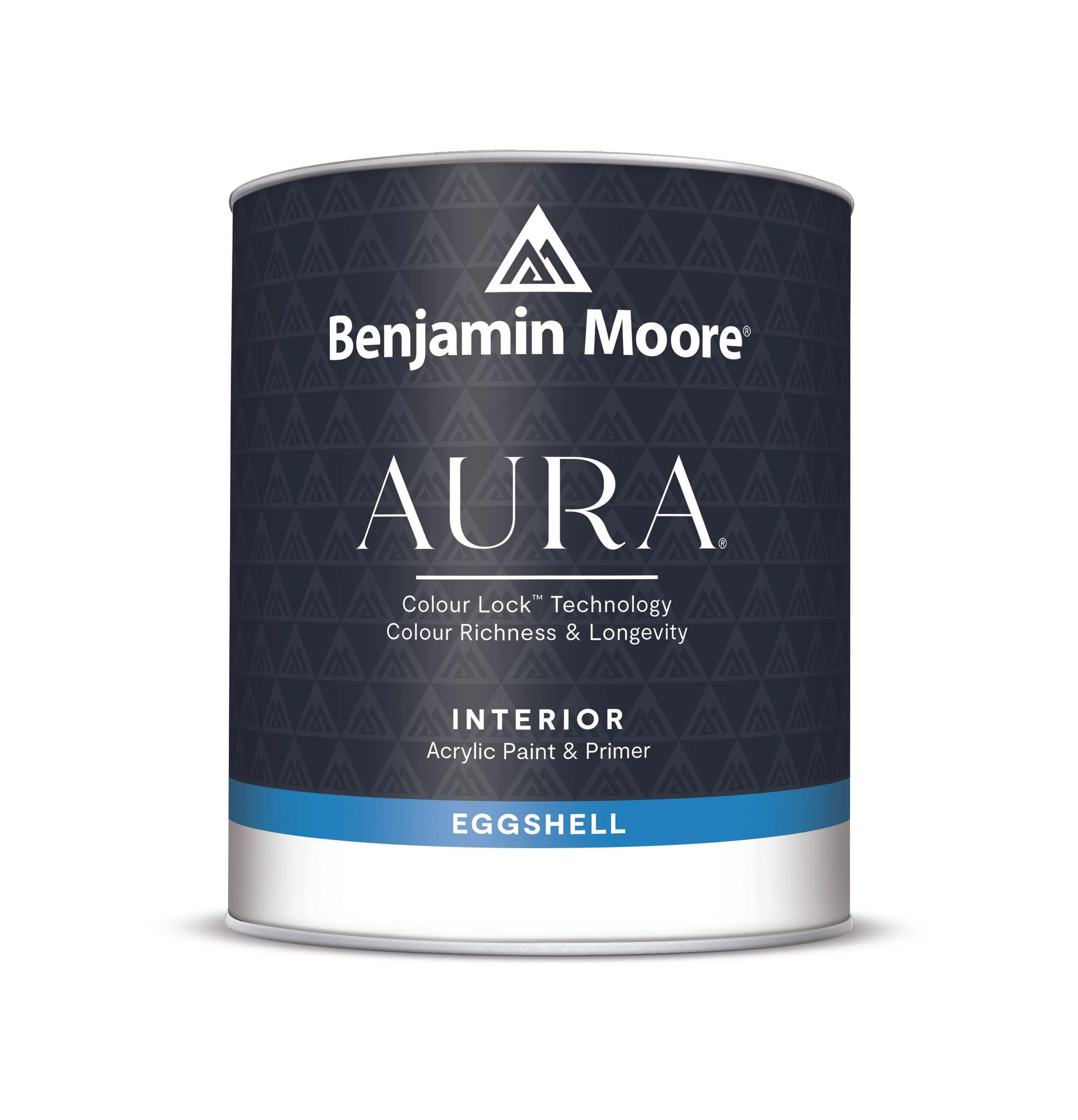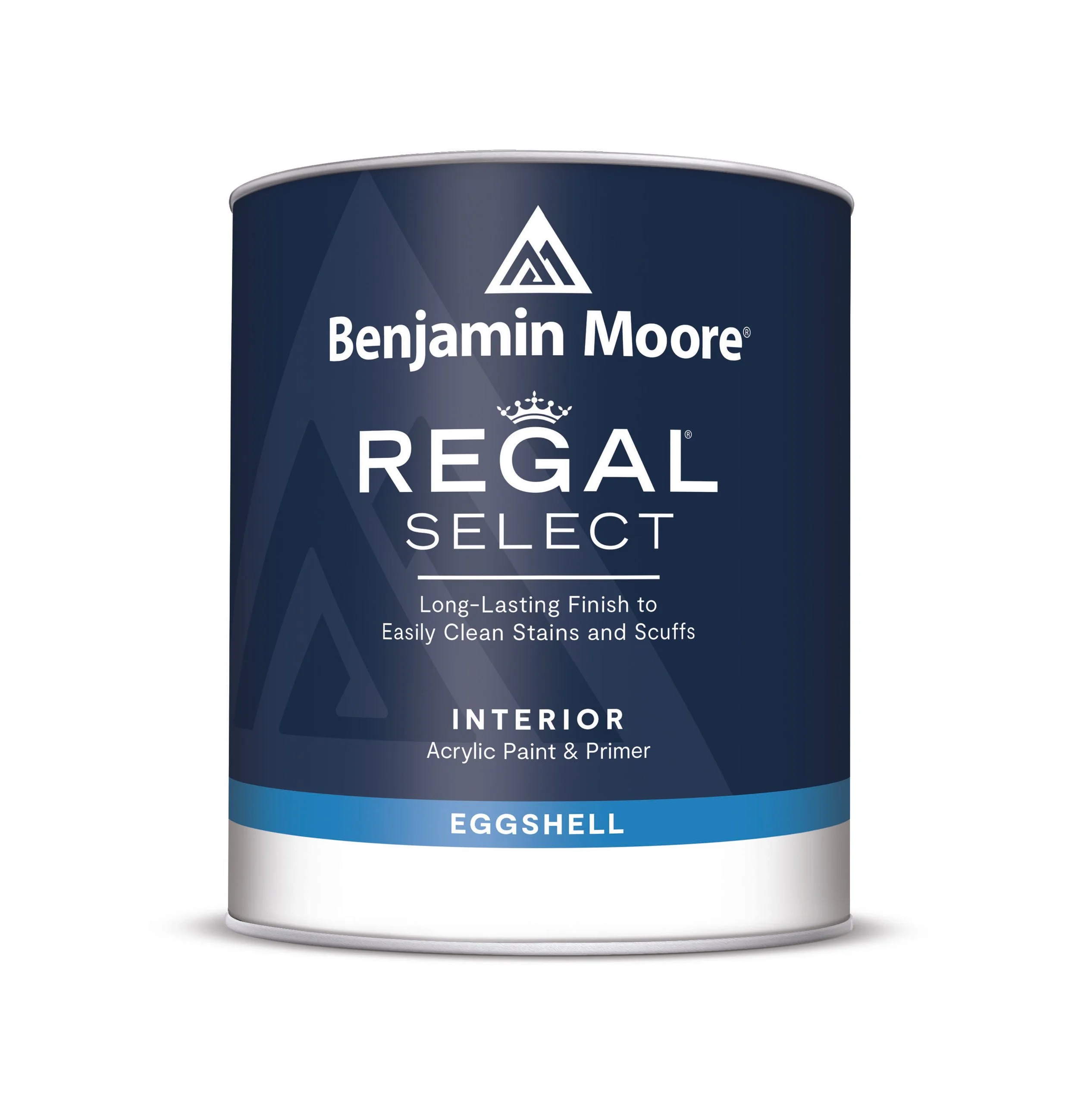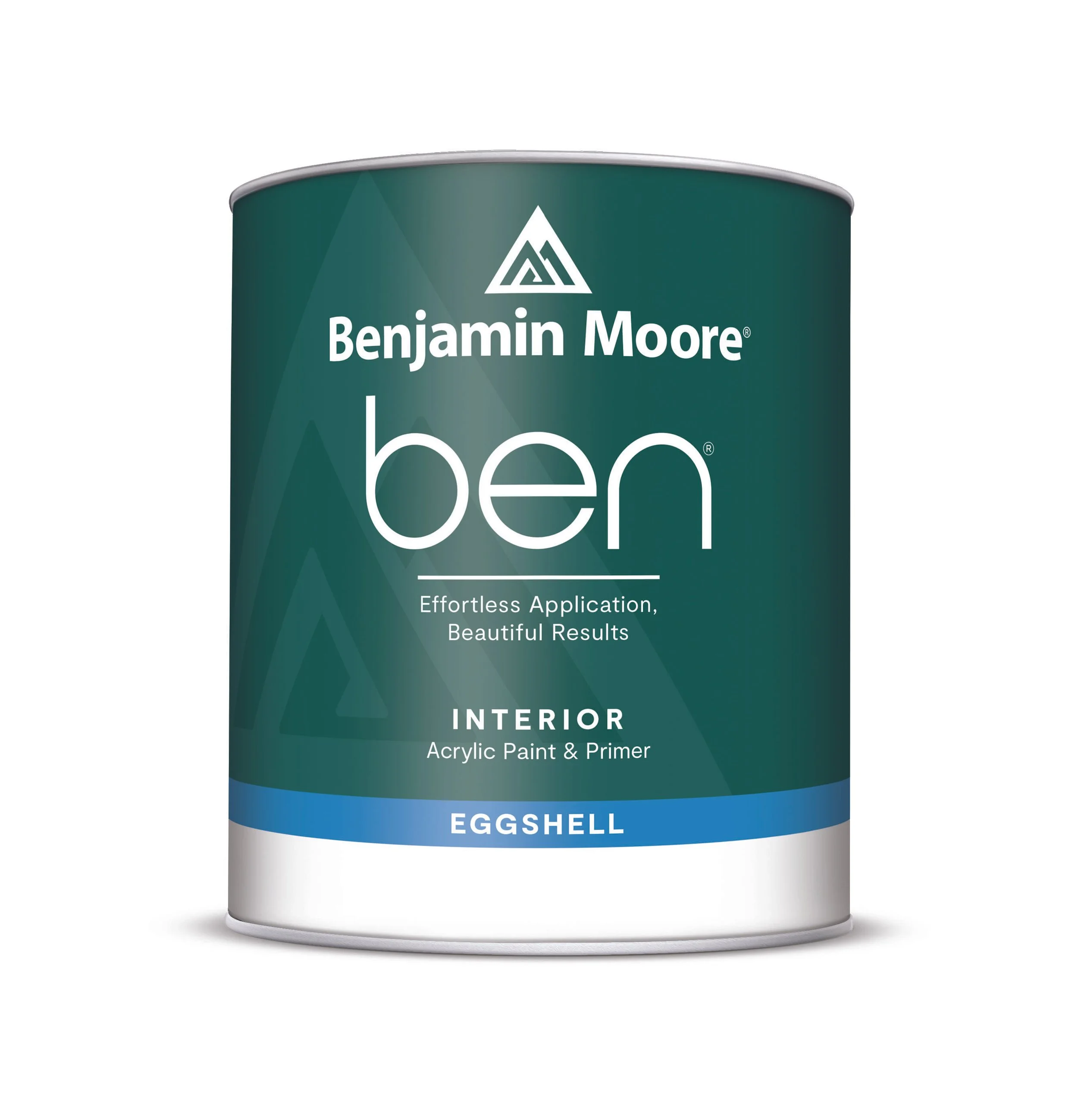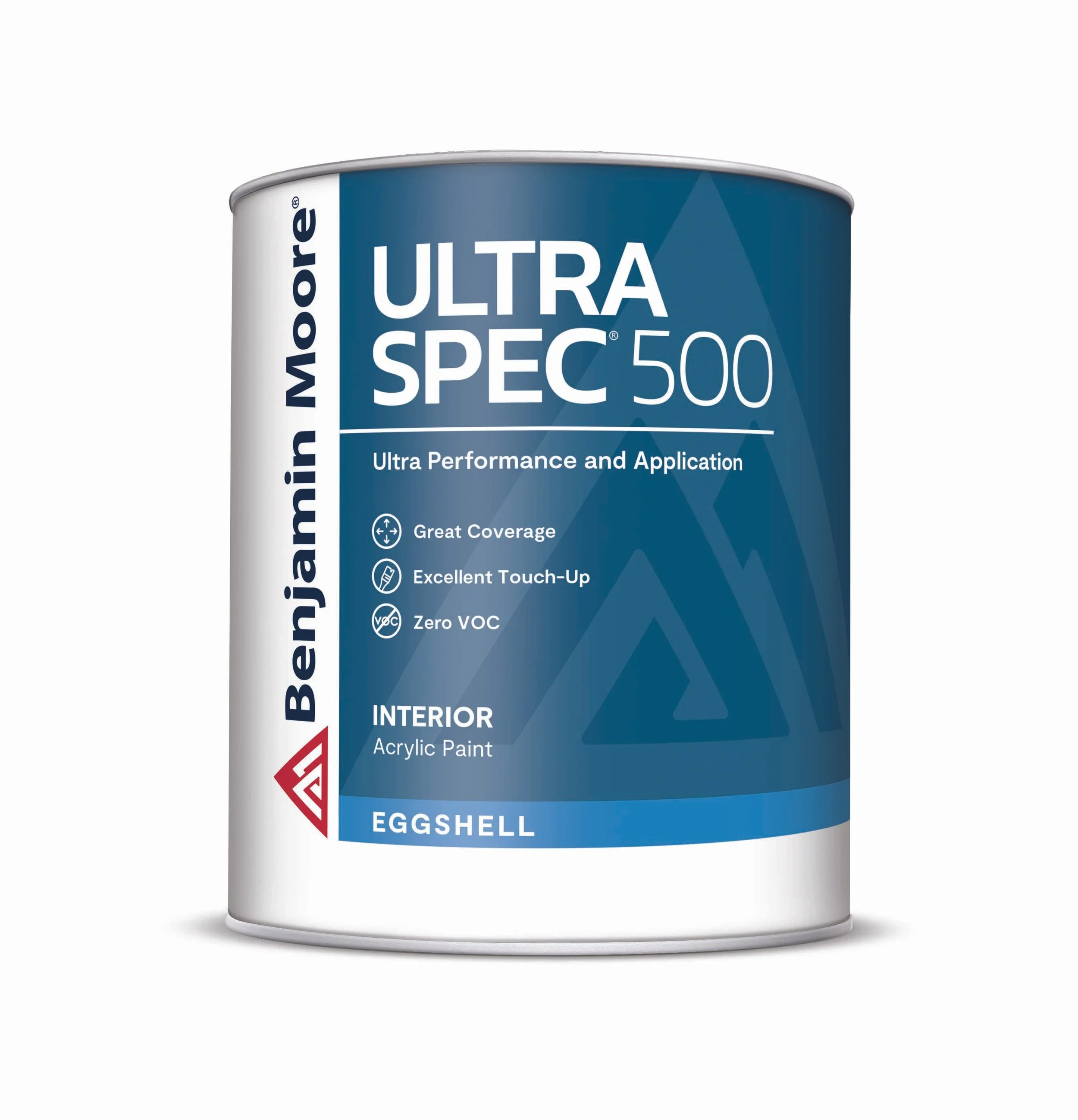paint Supplies
Primer and paint
Paint brushes
Paint roller and cages
Paint paddles
Trays
Surface Preparation Tools
Drop cloths or tarps and cleaning cloths
T.S.P./Methyl Hydrate
Putty knife and caulk/joint compound
Steel wool
Wire brush
Sandpaper
Tack or damp cloth
Painter's tape
fAQs
Scroll below to view all questions.
Temperature, humidity, and the amount of paint on the roller may all contribute to your problem. Whether painting inside or outside, temperatures and humidity are ideal when moderate. Your roller should be loaded with plenty of paint but not dripping and should be reloaded before it is “wrung out.”
Can I paint PVC windows?
Yes, you can paint just about anything, with the right preparation, the right primer and paint, and the right conditions. Surfaces must be clean, dry, and residue/grease free. Not all primers will adhere to PVC (we recommend XIM) and if the primer doesn’t stick, the paint won’t either. You’ll need either interior or exterior paint in a colour not too much lighter or darker than the one you are covering, depending on which side of the window you are working.
How do I go about hiring a painter?
Lumberyards and paint stores usually have lists or business cards of painters, if you don’t find one online or by word of mouth. Always ask for and check a painter’s references, to make sure they work to your standards. Be sure to communicate your expectations and ask questions. Work out details such as which of you will buy the paint, which Benjamin Moore line, sheen and colour(s) is desired, whether a primer is required, and how many coats of each will be applied. You will also want to be clear as to timelines and payment procedures.
have more questions?
interior paint DO's
Make sure to buy all your materials in advance; that way you can avoid having to run to the hardware store halfway through the job
Take advice. Your retailer has valuable experience; don’t be afraid to ask for their opinion. There are specific paintbrushes and rollers, specific for different kinds of paint and walls
Always create a ‘support’ station in a separate room from that which you are painting; here, you can store objects and furniture without getting paint on them, put smaller objects together in a box so that you can find them quickly after the job is finished
Take your time preparing the room, cover the floors completely, as well as any furniture too big to move, and be careful not to leave any uncovered areas
Choose appropriate clothing, as well as comfortable shoes; make sure that you can move freely in these clothes and not worry about getting dirty
Aim for perfect results, when you are applying a colour very different than the existing coat (for example red to green), first apply a coat of white
After painting, wait a day until you move furniture and objects back into the room; make sure that the walls are dry first
Prepare your tools and maintain them, when using a new roller or paintbrush, first let it soak in water and then wash it in laundry detergent
interior paint DON'Ts
Don’t rush! The best results come with patience and practice. Allow yourself plenty of time; it might take an entire day to paint just one room, and that’s okay
Don’t dilute all the paint at once, diluted paint will deteriorate quickly, whereas undiluted paint can keep for up to three years; go slowly and only dilute what you will be using immediately
Don’t paint over wallpaper, first, remove it by softening the glue with a wet rag; if it still doesn't come off the walls, you can use steam or speciality products available in your local hardware store. Any wallpaper that remains stuck on the walls should be carefully scraped off
Prepare your walls and don’t leave any imperfections; make sure to use sandpaper to smooth out any rough or uneven areas to ensure a professional end result
Don’t close your windows or doors, allowing fresh air to come through open doors and windows allows an exchange of fresh air with the odour of the paint and will help dry the walls quickly
Try to avoid painting on rainy days (when you can’t leave the windows open) and on humid days. In both cases, it will take longer for the walls to dry completely and may compromise the quality of your careful work
Make sure to clean your tools properly., after you finish using your paintbrush or rollers, clean them thoroughly with water or solvent and hang them to drip dry
Don’t dispose of your paint irresponsibly, before you start painting, inform yourself about local recycling facilities to dispose of your unused paint in an environmentally responsible manner
more products
INTERIOR PAINT | EXTERIOR PAINT | INTERIOR STAIN | EXTERIOR STAIN
WINDOW TREATMENTS | WALLPAPER






